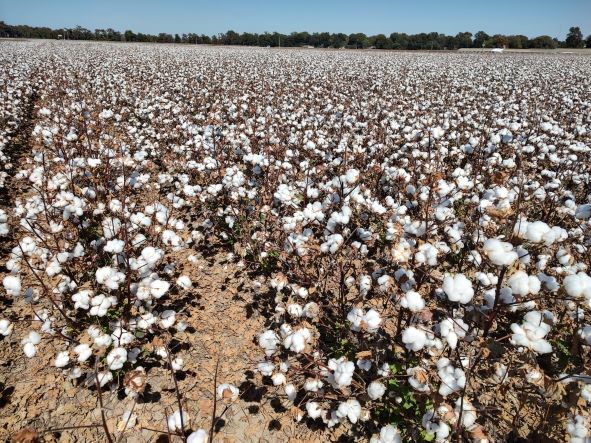Initial Fibertect Field Test a Success
A preliminary test of Fibertect on the soiled beaches of Grand Isle, La., has proven it successful at picking up the oily paste washing ashore at beaches and marshes across the Gulf State region.
Seshadri Ramkumar, an associate professor of nonwoven technologies, said the Texas Tech-created nonwoven cotton absorbent wipe with activated carbon core makes it a perfect remediation tool for use by cleaning crews trying to remove the toxic material.
Not only did it clean up the rust-colored crude oil, but also it adsorbed toxic polycyclic aromatic hydrocarbon vapors reportedly sickening oil spill clean-up crew members.
“It definitely has proven itself a perfect product for cleaning up the oil spill,” Ramkumar said. “This preliminary test in Louisiana has shown that our wipe material is unique from others in that it easily absorbs liquids, and it has vapor-holding capacity. This will help workers clean beaches and stay safe at the same time.”
Ramkumar said his latest research shows raw cotton-carbon Fibertect can absorb oil up to 15 times its weight. Unlike synthetic materials like polypropylene that are currently used in many oil containment booms, Fibertect is made from environmentally friendly raw cotton and carbon.
Amit Kapoor is president of First Line Technology, which distributes Fibertect commercially. Though the product has been tested in the lab with raw crude and motor oil, he said the company wanted to field-test the product. The product is manufactured by Hobbs Bonded Fibers, Waco, USA.
Earlier this week, he sent a sales representative, who also works as an independent contractor for BP, to one of the worst-hit areas.
“We wanted to test the effectiveness of Fibertect on the crude oil for beach cleanup,” Kapoor said. “Fibertect was taken to the empty beaches of Grand Isle, and then laid out on top of a blob of oil that had settled on the beach. It worked very well in absorbing and containing the oil. The glob stuck to the Fibertect and did not release from the material.”









